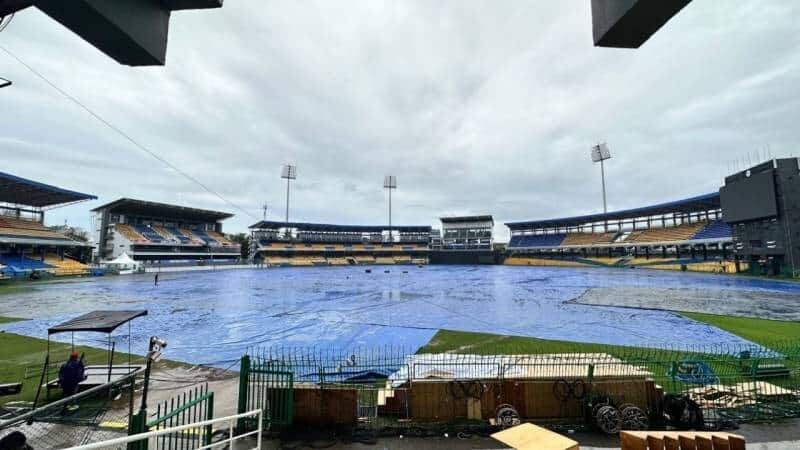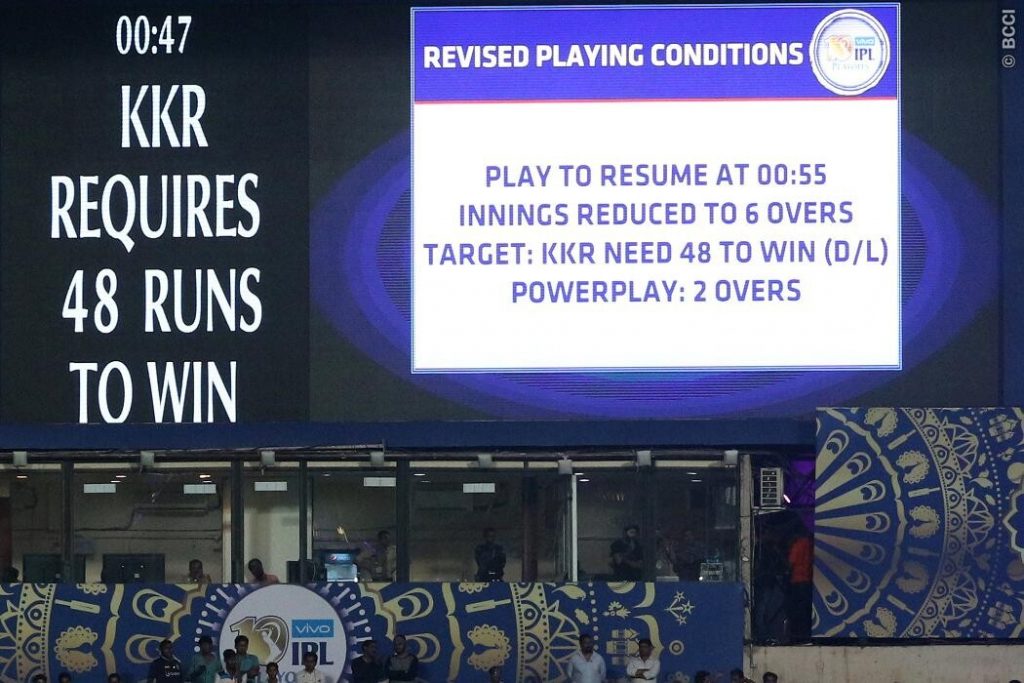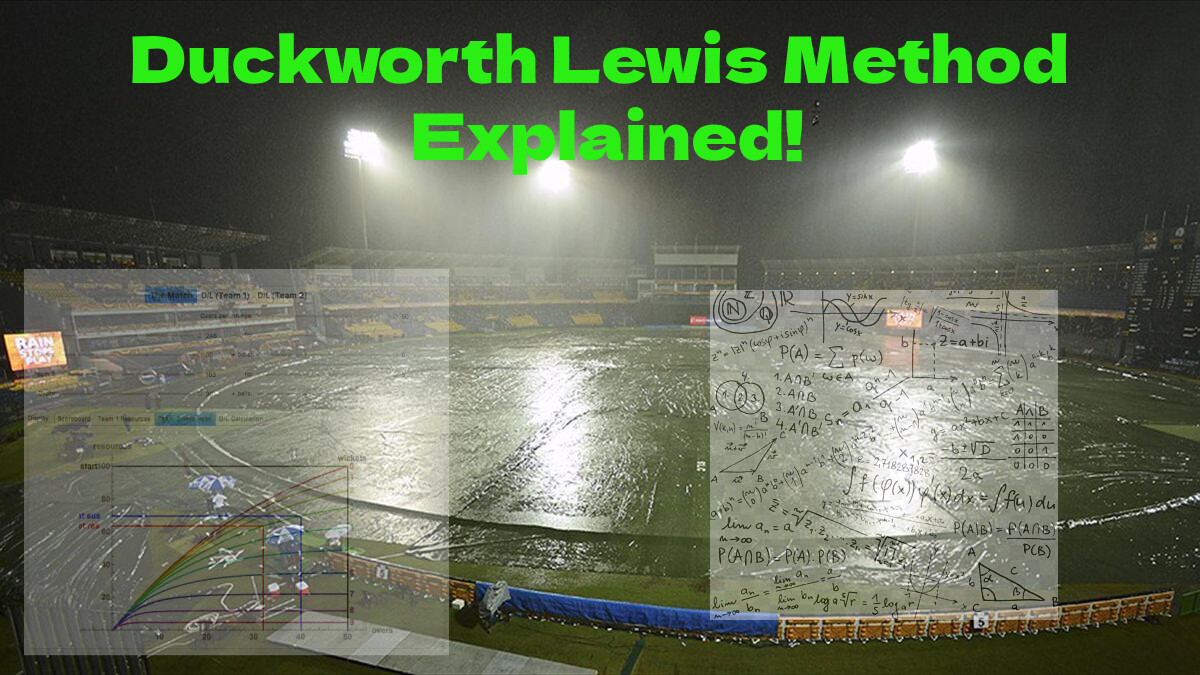Although the name regularly pops up in cricket matches, especially those affected by rain, not even the most hardcore cricket fans can truthfully claim to be entirely familiar with how the Duckworth-Lewis method in cricket works. The method is a way to find the most fair result for both teams playing in a rain-affected limited-overs cricket match.
It attempts to take into account parameters such as the number of overs left and the number of wickets remaining before calculating an adjusted target that best reflects the current state of the game. It is viewed positively or negatively based on how it affects your team in a particular game, but here we will try to understand what is the Duckworth-Lewis method in cricket and how it is used.
History of the Duckworth-Lewis-Stern method
This mathematical system used to calculate target scores or reach outcomes in limited-overs cricket matches that have been affected by rain was devised by English statisticians Frank Duckworth and Tony Lewis and originally named after them. It was introduced and first used in 1997 and adopted officially by the International Cricket Council (ICC) in 1999.
However, after Duckworth and Lewis retired, Australian academic Steve Stern became the custodian of the method and updated the formula, prompting its name to be changed to the Duckworth-Lewis-Stern method, or DLS method in November 2014, as it continues to be called this day.
The DLS system came after a number of other proposed solutions, such as the Average Run Rate or the Most Productive Overs method, both of which dramatically changed the state of the game as they did not take important factors into consideration. The idea came into the head of Frank Duckworth in 1992 after the World Cup semi-final between England and South Africa, where the Most Productive Overs method was used.

Courtesy: T20WorldCup.com
When rain started to come down in the game, South Africa needed 22 runs from 13 balls. 12 minutes later, when the rain abated, the equation had been altered to an impossible 22 runs off one ball, which knocked South Africa out of the tournament. As such, Duckworth realised that a mathematical solution would need to be found to avoid this situation in the future.
The D/L method was first employed in international cricket on January 1, 1997, in a One Day International match between Zimbabwe and England. It was formally adopted as the standard method of calculating target scores in rain-shortened one-day matches by the ICC in 1999.
How does DLS work?
The DLS method works on the principle that a batting team has two resources in hand when starting an ODI innings, namely 300 balls and ten wickets. As the innings progresses, these resources keep depleting and eventually reach zero when a team either plays out all 300 deliveries or loses all 10 wickets. If rain causes an interruption that leads to the team losing over, they are denied the opportunity to make full use of these resources, which is why targets are revised in a way that accurately reflects the resources available to them at the time.

As such, the state of play at which the rain interruption happened takes on great importance. The number of wickets lost at the time the rain stopped play is taken into account because a team that has lost 6-7 wickets already will have less to lose due to a 10-over interruption as compared to a team that has lost only 2-3 wickets, as they can afford to consolidate their position again.

The fewer the wickets lost, the greater the opportunity cost of the overs lost for the batting team, so DLS targets are different for teams that have lost more wickets and those that have not lost as many. Due to this, if rain is imminent in a game, keeping wickets in hand is a smart thing to do, with a view to maximising the benefits of DLS.
The team batting second when rain is imminent is presented with two scores – a par score and a target score. A par score is a total that the team should have reached by the time rain interrupts play, and it changes with the loss of a wicket. The target score, on the other hand, remains fixed as it is the ultimate goal of the team batting second.
The DLS method also allows for the fact that a team batting before a rain interruption would have batted differently had it known the game was going to be truncated.
Criticism of the DLS method
The biggest initial criticism of the DLS method was that wickets were a much more heavily weighted resource than overs, which is why teams chasing bigger totals could focus on keeping wickets in hand and not so much on the scoring rate. The 2015 update to the method, led by Steve Stern, accounted for that flaw and changed the rate at which teams needed to score at the start of the second innings in response to a large first innings.
The advent of T20 cricket has thrown up further criticisms of the method, as a high-scoring over can alter the state of the game dramatically. Similarly, the method does not account for changes in the proportion of the rain-affected innings where field restrictions are in place as compared to a completed match.

